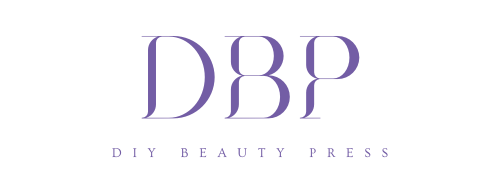Ulike vs. Nood: A Comparison Beyond Shady Hype
Every body is different, and so is our battle with unwanted hair. I get it – it’s tough. Shaving, waxing, only to see that hair come back way too soon. We all crave smooth skin but, oh, that annoying stubble! That’s why I started looking into this trending IPL hair remover. FDA-approved, the at-home DIY device is said to offer longer-lasting hair-free results. In the realm of these innovative gadgets, two brands stand out: Ulike and Nood. I’m curious to find out which one can really tackle our day-to-day hair struggles.
Spoiler Alert:
IPL hair removal isn’t for all. It works best with a high contrast in color between hair and skin. Light skin, dark hair? That’s the ideal match for this handset. Check the chart below to save time and see if you’re an ideal fit for IPL.
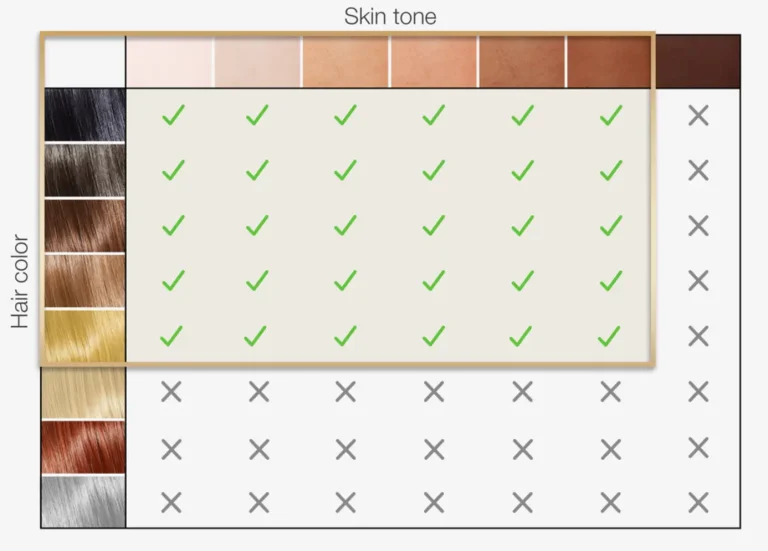
Table of Contents
Ulike Vs. Nood: Personal Experiences
When reading IPL hair removal gadget reviews, it’s hard to distinguish between honest feedback and possible endorsements by brand shills. Given the plethora of glowing reviews these two brands have received, let’s examine the flip side of the coin.
Ulike Testimonials: What People Are Saying
Potential Burns
My one negative side effect I have had is I get a rash or burn on the front of my legs, when I use it. I have not experienced it anywhere else of use.
I bought the Ulike Sapphire Ice Hair Removal Device during a TikTok livestream. On the first use, I noticed a sudden burning smell and observed a dark patch on my leg and the device itself. The charred odor was alarming. Contacted customer service and since it was within the one-year warranty period, they helped me replace the device with a new one.
By the time I used it for the amount of time said in order to see results, it was not returnable. It did nothing for the fave hairs I have. I used it on high even which burned my face. It does get hot.
Ulike burned my skin and it smelt like burning flesh after a few weeks of using it.
Still start smelling a burning smell when it wasn’t even in use. Just turned on
Time Drain
The window is small so it’s incredibly time consuming. It took over an hour to cover my face. 2 hours each leg. If you’re going to work on your whole body, expect to spend every weekend watching TV in bed woth this thing in one hand and a snack in the other.
How long does it take you to do your legs? I try to cover the entire area and I use the body mode so it takes me about 20 mins to do my legs only.. Sometimes I also try to go over the area twice so it takes even longer.
Spotty Effectiveness
Took me about 2 months for noticeable results to reduce my frequency. I’m not as consistent as I should be with it tho. Despite that I’m seeing really decent results on my legs and bikini line anyway. My armpit hair won’t budge though.
I’ve been using mine about once a week for maybe 12 weeks? I’m not super consistent and I also get bored so I don’t spend as much time as I should but I can definitely see a difference. It’s so weird because one armpit is almost gone and one still grows in a little. I’d say it works really well for small target areas but I’m not seeing as good of results on my legs.
I am still using it basically every other day. I shave, I laser. If I skip doing the laser, let’s just say that bikini area gets a lot itchier by the next shave day. I’ve been doing the bikini area since the get go, and added in doing armpits about 3 weeks afterward. Armpits have very noticeable slower growth. Which is awesome. Bikini area is still enough that by the next day I can feel the stubble clearly.
Nood Testimonials: What People Are Saying
Safety Concern
I first had the Nood. I was getting electric shocks on my finger from the trigger button and occasional sparking in the device. I assume an electrical fault and the company replaced it. My new Nood also occasionally did this and I was scared but wanted to try it.
Additionally, I was getting periodic shocks. I have a high pain tolerance, so I chose to assume I was just reacting to the heat of the flash in sensitive areas (it happened frequently at the lateral end of my clavicles), until I received an electric shock through my finger, which happened to be lightly resting on the “Flash Button”, while the unit was in automatic mode. It has never been dropped, nor jarred in any way, so this bodes ill for the actual construction of this product. The shocks were sharp, but not horribly painful…but the unit is plugged into a wall outlet during use, so there is an element of danger.
I just received the Nood 2 Flasher IPL device last night. I have used it both last night and this morning and when I am pressing the button to cause the flash my finger is getting an electric shock. It happens on about 50% of the flashes. The device and me are completely dry.
Time Drain
The first thing I dislike is that you have to do the area three times. It takes about three to four seconds for the laser to reset after one flash, now do that three times in one area and see how tedious and time consuming that is.
I find this misleading because advertising leaves you to believe you will no.longer have to shave/ wax/depilitate. Not true! It takes a lonnnngg time if you are doing a large area like your legs. Think at least an hour or so.
Burning Sensation
Each pulse feels like a rubber band being snapped against your skin – by the 3rd pass (you need to treat each area 3 times per session) it has gone from unpleasant to painful-ish and the whole area you treat will feel like it has been sunburned for a few hours afterwards. I recommend Aloe with Lidocaine for an after treatment. It’s not unbearable, and I’m hoping it does what it promised. Only on session 3 so far.
While using the device you will smell burning hair and feel heat. I have experienced a couple itchy places that feel a little like a sunburn/bug bite the next few days after a treatment.
Ulike Vs. Nood: Expert Opinion
This part is the latest update to our article. We have recently explored the scientific data and knowledge surrounding IPL technology to help our readers make more informed as well as cautious purchasing decisions.
Insufficient Energy Output
5 J/cm2 is a common marketing buzzword. Home-use intense pulsed light (IPL) hair removal machines often feature this term to describe their energy density.
However, as per the research findings cited below, 5 J/cm2 is just the baseline.
Previous in situ studies have suggested that a minimum fluence of 5 J/cm2 is required to damage hair follicles sufficiently to prevent regrowth. At lower fluences,slight damage to the follicle may cause a transitionfrom catagen to telogen phase, resulting in temporary growth delay, but not permanent hair removal.
https://www.researchgate.net/publication/272749358
Obviously, home IPL Hair removers don’t pack as much punch as office-based pulsed diode lasers, which hit 10 to 60 J/cm2. This makes the researchers wonder if they can really kill hair follicles for good or just slow down growth for a bit. Plus, most clinical studies only follow up for 1 to 6 months, which is something to keep in mind.
Suggested IPL parameters for different hair types
Upper lip and facial hair
- Wavelength: 615/640 nm
- Number of pulses: 3
- Pulse width/Pulse delay: 3.2 ms
- Initial energy density: 16 J/cm²
Beard, arm and chest hair
- Wavelength: 615/640 nm
- Number of pulses: 3
- Pulse width/Pulse delay: 3.5 ms
- Initial energy density: 16 J/cm²
Armpit, leg and pubic hair
- Wavelength: 695/755 nm
- Number of pulses: 3
- Pulse width/Pulse delay: 3.8 ms
- Initial energy density: 16 J/cm²
Source: Chinese Journal of Dermatology. Be aware that this article was published in 2017, and the parameters may have been updated since then.
We also consulted an engineer who has developed several large-scale medical 810nm laser hair removal devices. Here is his perspective:
“Effective treatments generally start at 10 J/cm², and the laser power must be sufficient to ensure the pulse width is shorter than the thermal relaxation time. Currently, home-use semiconductor laser hair removal devices have too low power, typically only a few tens of watts.”
But There’s the FDA Approval...
Unfortunately, right now, the FDA puts these home-use IPL machines in the category of cosmetic products. What does this mean?
Unlike medical devices, the IPL companies don’t have to show safety and effectiveness data when they apply for 510(k) approval. Even when they do provide data, it usually comes from small, uncontrolled studies funded by the industry, and most of these studies aren’t published in medical journals where other experts can review them.
Ulike Vs. Nood At First Glance
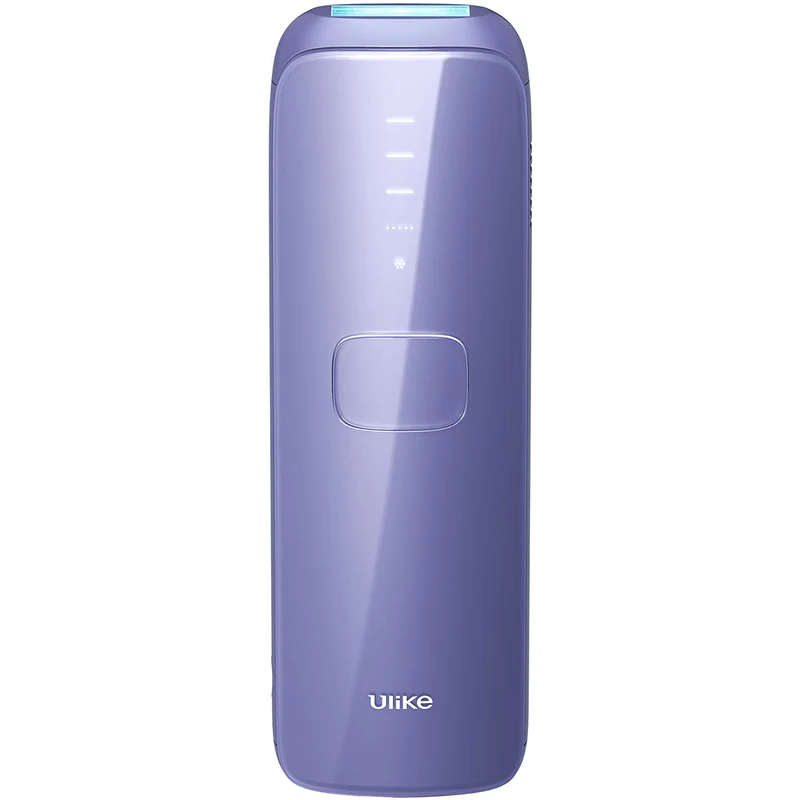
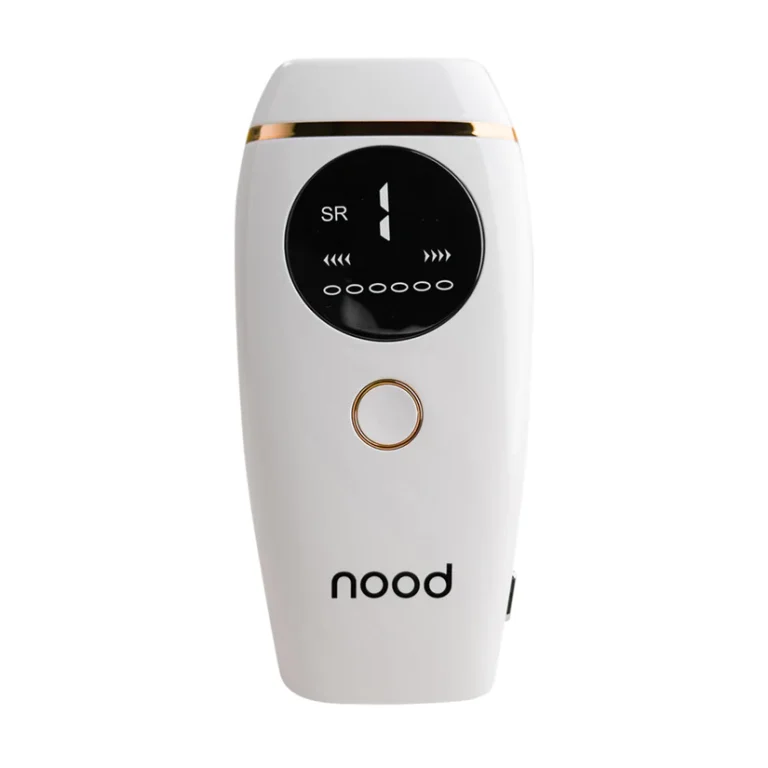
Ulike Vs. Nood: A Brief Overview
Ulike
- Product: Air 3
- Price (After Discount): 259
- Ice-Cooling Tech: √
- Auto-Glide Feature: √
- Treatment Settings: 3 Comfort Modes
- Recommended Treatment Plan: First 4 Weeks: 3 Treatments Weekly, Weeks 5-8: 2 Treatments Weekly, Weeks 9-12: 1-2 Treatments Per Month for Maintenance
Nood
- Product: Flasher 2.0
- Price (After Discount): 169
- Ice-Cooling Tech: ×
- Auto-Glide Feature: √
- Treatment Settings: 3 Sensitive Skin Modes Plus 7 Intensity Levels
- Recommended Treatment Plan: 2 Treatments Per Week for 8 Weeks
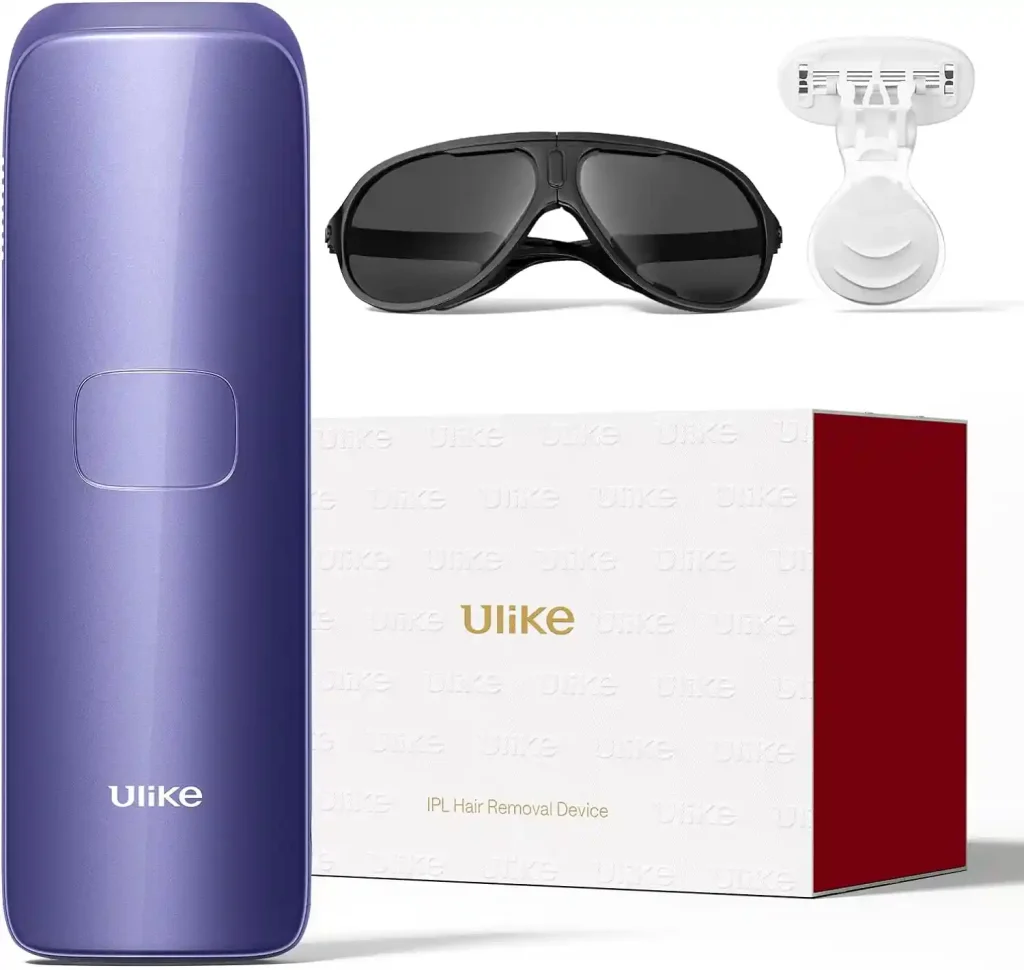
Package Included:
①Air 3 IPL Device
②IPL Goggles
③Extra Smooth Razor
④Power Adapter
⑤User Manual
Lifespan: 1,000,000 Flashes
Lifetime Flash Guarantee: ×
Warranty: 2-Year
Money-Back Guarantee: 90 Days
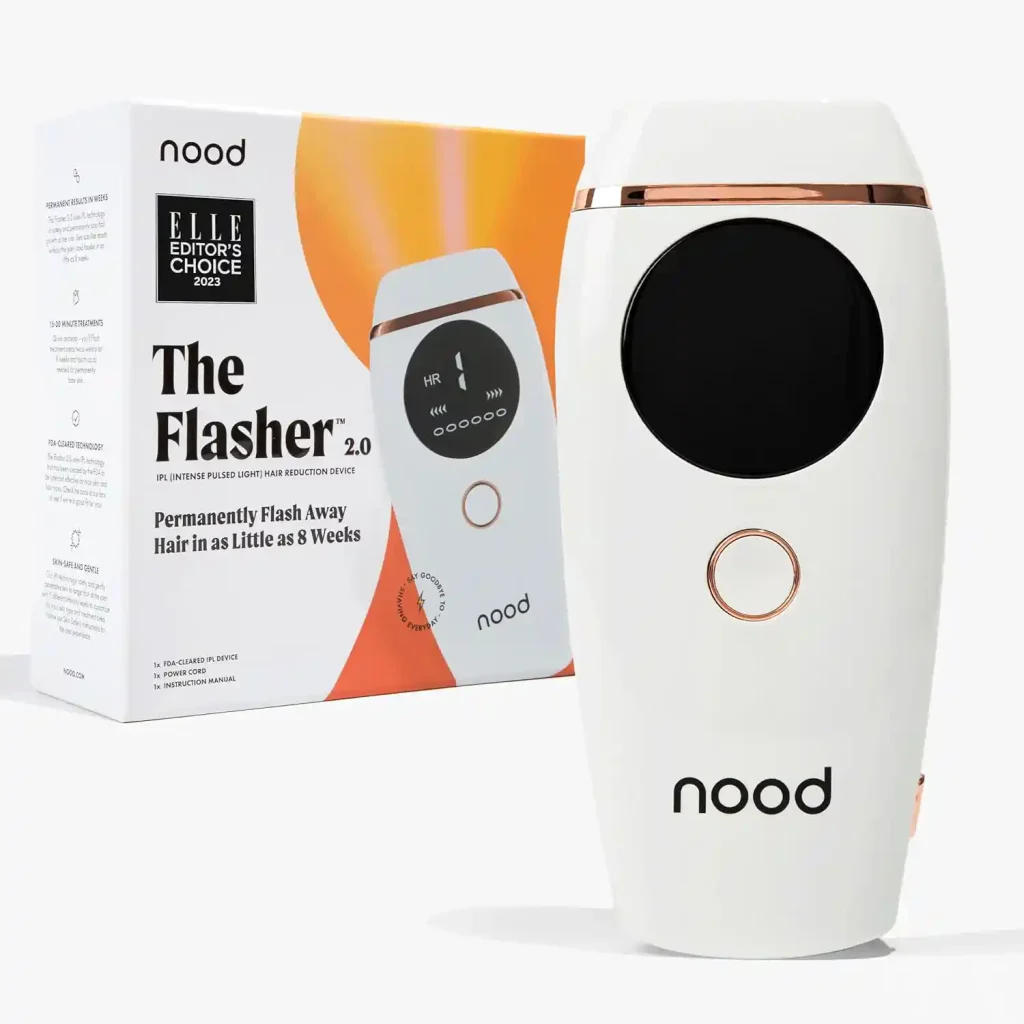
Package Included:
①Flasher 2.0 IPL Device
②6’ Long Power Adapter
③Digital&Physical Instruction Manual
Lifespan: 600,000 Flashes
Lifetime Flash Guarantee: *√
Warranty: 1-year
Money-Back Guarantee: 90 Days
*Nood offers a lifetime flash guarantee. They promise that if you deplete the 600,000 flashes, they will replace your handset without any charge.
Ulike Vs. Nood: The Key Features
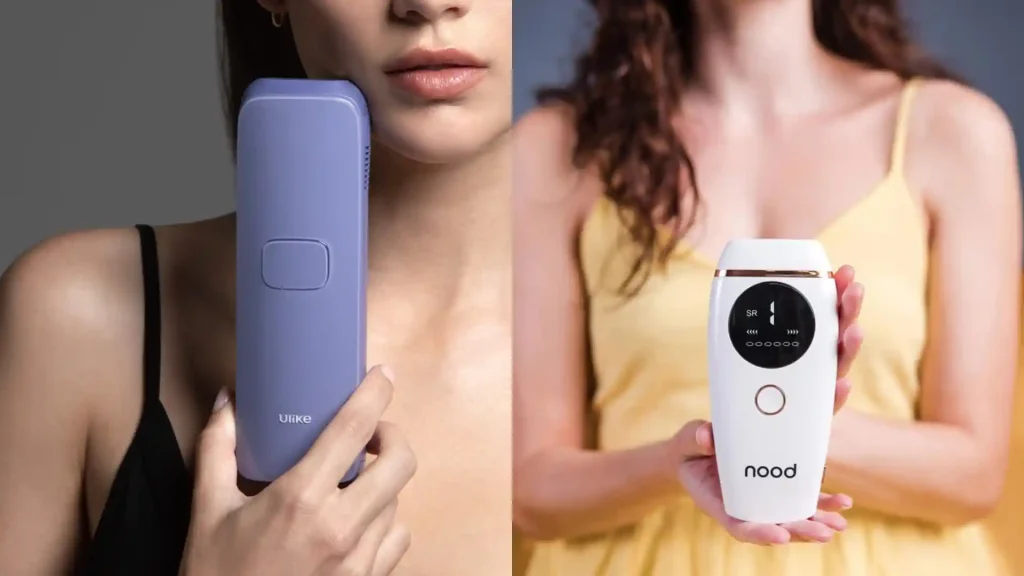
Hair Removal Efficacy
Honestly, Ulike and Nood are pretty much on the same page when we’re talking about hair removal efficacy. Both of two brands have harnessed the cutting-edge IPL technology.
But wait, I’m sure I’m not the only curious guy: What is IPL actually?
IPL Tech: How It Works
Let’s break it down here: IPL, short for Intense Pulsed Light, functions simply by sending out a broad wavelength of light onto hair follicles. The light is absorbed by the melanin in your skin and converted into heat, which then disrupt the hair growth cycle, hindering hair regrowth.
So, there you have it. The nifty, light-based gadget targets the pigment in your hair and thus this process is most effective on darker hair, as it contains more melanin.
A more specific explanation is this: People with darker skin tones may experience interference with this mechanism of action due to melanin located in the epidermis. Melanin in the epidermis competes with melanin in the hair follicle, resulting in photon absorption by the epidermis. As a result, these individuals may encounter suboptimal clinical outcomes and a heightened risk of adverse effects caused by thermal exposure.
IPL treatment is notably effective in reducing hair growth. However, it’s noteworthy that, like other hair removal methods, IPL is not permanent and frequent touch-ups may still be required to sustain the hair free results.
Ideal Wavelengths for IPL Hair Removal
Also, it’s interesting to learn that wavelengths between 630 to 1100 nanometers are particularly effective at being absorbed by the color in our hair so as to make treatments like hair removal to work its magic.
After taking a closer look at this spec, we found that there isn’t much difference between Nood and Ulike: 510 – 1200 nm (Nood) and 560 – 1200 nm (Ulike).
Wavelengths of 600 to 1100 nm favor absorption by melanin in the hair matrix. Long-pulse ruby (694 nm), long-pulse alexandrite (755 nm), long-pulse diode (810 nm), longpulse Nd:YAG (1,064 nm), and intense pulsed light (IPL) (590–1200 nm) destroy hair photothermally by emitting wavelengths within this range.
https://www.academia.edu/18523457/Laser_Hair_Removal_A_Review

PrecisionPulse™ Specs
Fluence: 5 J/cm2
Wavelength: 510 – 1200 nm
Pulse width: 10 ms
Flash Rate: .7 – 1.2 seconds
Energy Output: 3-6.3J/cm2
Wavelength: 560-1200nm
Main Lamp Head: 3.2cm2
Power: 67.2W
Flash Speed: 0.7s/flash
Promised Results: What to Expect
Next, let’s explore the hair removal efficacy based on what the brands themselves are saying.
Nood suggests using their Flasher 2.0 twice a week for 8 weeks. You might see hair reduce in 3 weeks. Permanent hair loss can happen in 8 weeks.
Ulike claims using the Air 3 2-3 times a week, you’ll see less hair in 2 weeks. In 4 weeks, hair reduces by 90%. After 12 weeks, you’ll see the best result.
The verdict? Even-Steven. Nood and Ulike are pretty neck and neck in zapping hair away.
Pain Level
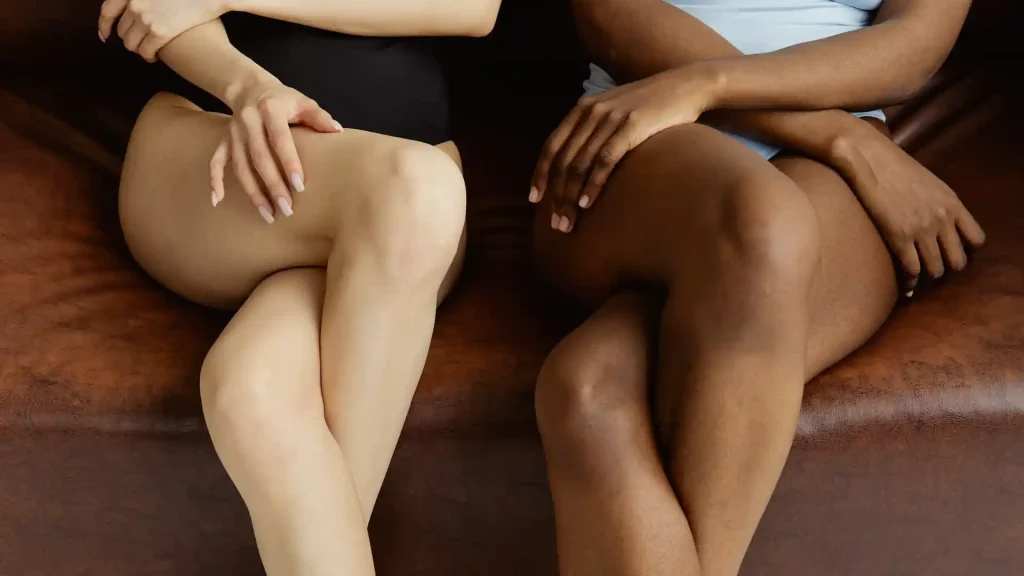
Let’s get real: you are literally heating up your follicle using an intense beam of light, so the notion of it being painless is more of a marketing ploy than reality.
Though it might sound a bit cliché, fact is it all comes down to your own pain tolerance. And here’s the deal: even for the same product, people can have totally opposite sensations. For one person, it’s like a tiny rubber band snap – no biggie. But for another, it can actually be quite a painful experience.
Then, the way you use the IPL machine can definitely make a difference as well. The intensity level you choose and how often you go over the same spot can change the game. For example, repeated zapping in the same area can cause a burning sensation – not exactly pleasant. And yep, where you zap matters. As a Nood user shared on Reddit, the experience can vary significantly depending on the area being treated: for her level 7 was surprisingly bearable (Nood advises starting at level 1, so hitting level 7 is turning up the intensity to max) and she only felt unpleasant when tackling coarser hair near the bikini line.
Though the “PAINLESS” claim might not be entirely accurate, Ulike takes an extra step in addressing pain. Boasting the unique built-in sapphire cooling tech to reduce the heat that the IPL gadget emits, Ulike seems to be offering a more bearable experience for those sensitive to pain.
So, who wins this time? Personally I would go for the one that is loved for its considerate cooling design: Ulike
Treatment Modes
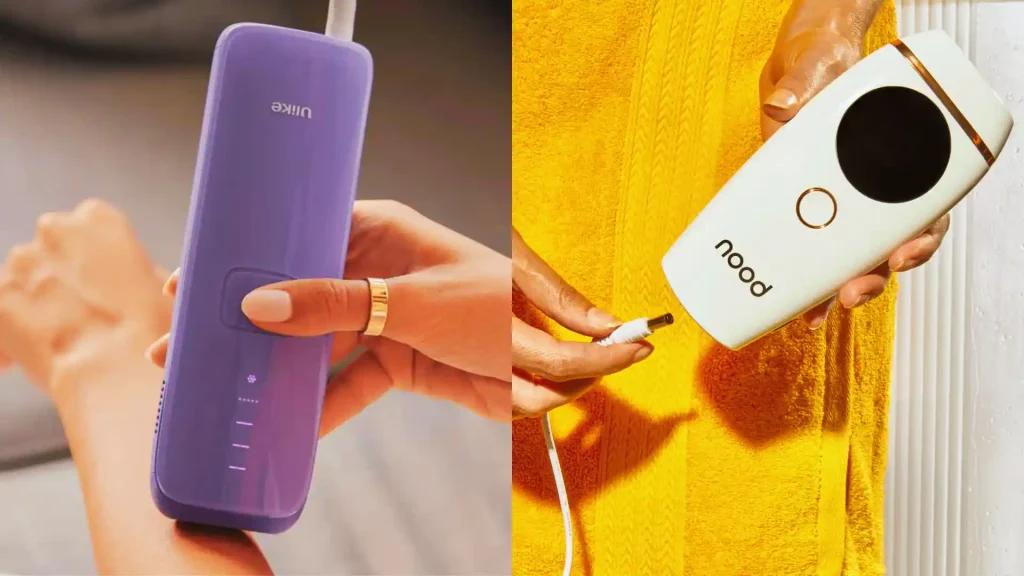
The Flasher 2.0 offers 7 intensity levels. According to Nood, there’s an LED screen that shows the level you’re using. You are free to choose your level based on your skin type. If you have very sensitive skin, stick to levels 1-3. If your skin is a bit sensitive, try levels 4 or 5. For normal skin, levels 6 and 7 are best. Simply put, the higher the intensity level, the faster you’ll see the results. A few testers say they need time to get used to the top level, which is the most intense.
Similarly, Ulike’s Air 3 lets you choose different modes for different areas of your body. It has three comfort modes. Use “Soft mode” for sensitive areas like the face, upper lips, and bikini line. “Body mode” is meant for larger areas like legs and arms. Lastly, for the chest and underarms, there’s the “Power mode”.
Winner? It’s hard to decide. Each of the IPL machines offer thoughtful features for their at home users. Moreover, they both come with the 90-day money-back guarantee. Given this, our advice is to choose between the Flasher 2.0 and the Air 3 based on your personal preference and budget. If you find that your choice doesn’t work for you, just return it within the guarantee period.
Anyway, the time you invest in finding the perfect fit for your hair removal journey will be completely worth it in the end.
